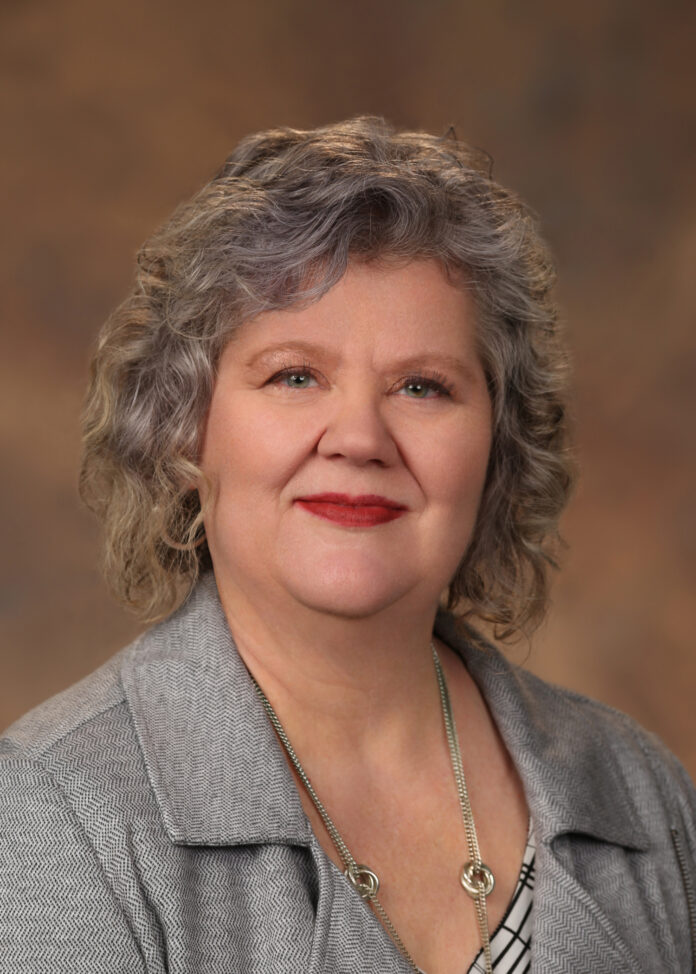
COVID is on the rise again. The Delta variant is in our community, and it is living up to its promise.
It spreads more easily than the original COVID strain and unvaccinated people are getting very sick. The hospitals are starting to go down the path of stretched again when it comes to beds and caregivers for COVID patients.
Please, if you haven’t gotten vaccinated, consider doing so. Unfortunately, COVID is not the only respiratory illness on the rise right now.
One of the few positive things that happened because of all the COVID precautions: social distancing, masking, and frequent handwashing is we didn’t see much of the other seasonal respiratory illnesses last winter like flu and respiratory syncytial virus (RSV).
Flu can be serious for all ages, and RSV can as well, though it tends to be the most serious for small children and adults with weak immune systems. RSV can occur in adults who don’t have weak immune systems, but it rarely results in severe illness. As we have eased the COVID precautions, unfortunately, RSV seems to be rearing its ugly head.
And it’s also unexpected. RSV is traditionally a seasonal illness in the late fall and winter months. Experts feel this surge is happening because we suppressed its normal circulation time in the winter with the COVID precautions, so it is making up for lost time now.
RSV can be very serious, especially for kids under 5. According to the Centers for Disease Control and Prevention (CDC) RSV causes about 57,000 hospitalizations, 500,000 ER visits, and 1.5 million doctors office visits each year. Between 100 and 500 kids under 5 every year die related to RSV. RSV is so common in small children, most kids will have had the illness before their second birthday. An estimated 177,000 adults have RSV each year. However, the experts feel this number is likely low because RSV testing in adults is uncommon.
RSV becomes symptomatic 4 to 6 days after exposure. Kids at the most risk for severe illness are premature infants, infants less than 6 months of age, kids younger than 2 with chronic lung or heart problems, kids with weak immune systems, and kids with neuromuscular problems, especially those kids who have trouble swallowing or clearing mucus secretions.
Symptoms of RSV include runny nose, decreased appetite, coughing, sneezing, fever, and wheezing. In infants, symptoms can be irritability, decreased activity, and breathing difficulties. A big part of the reason RSV is so hard on the littlest kids and those at high risk is they either have small or difficult to clear airways in their lungs. The airways have several different names because of their size — the trachea, the bronchi, and bronchioles.
If you think of your lungs like a tree, the airways are the trunk and all the branches. They get smaller and smaller and keep branching out until they get to the leaves. In the case of airways, unlike trees, the trunk and branches are all hollow tubes. In the lungs, alveoli are like the leaves. They are at the end of each airway “branch.”
Alveoli are tiny round sacks that fill with air when we breathe. The exchange of oxygen and carbon dioxide with the blood happens in the alveoli. When airways are small, they are easier to block with mucus and air can’t get down to the alveoli. When people have difficulty removing mucus from their lungs, it blocks the airways, and again, air can’t get to the alveoli. Treatment for RSV centers around getting that mucus out of the airways through a combination of drugs and mechanical treatments like vibration and percussion as well as oxygen therapy so the air that gets to the alveoli has more oxygen available to enter the blood.
Not surprisingly, the things that prevent COVID also prevent RSV: frequent handwashing, keeping hands away from the face, avoiding close contact with sick people, covering coughs and sneezes, cleaning and disinfecting surfaces, and staying home when you are sick. Those are good practices all the time, not just when we are in a pandemic.



